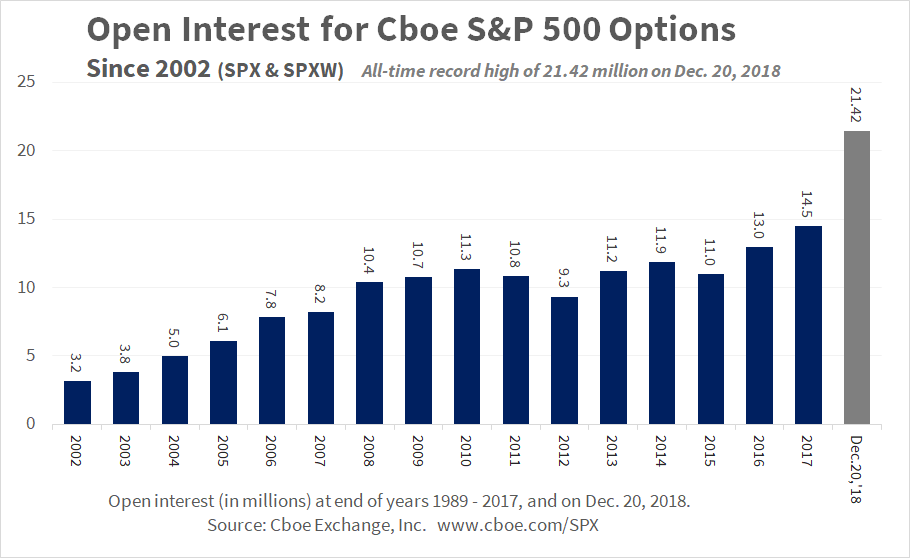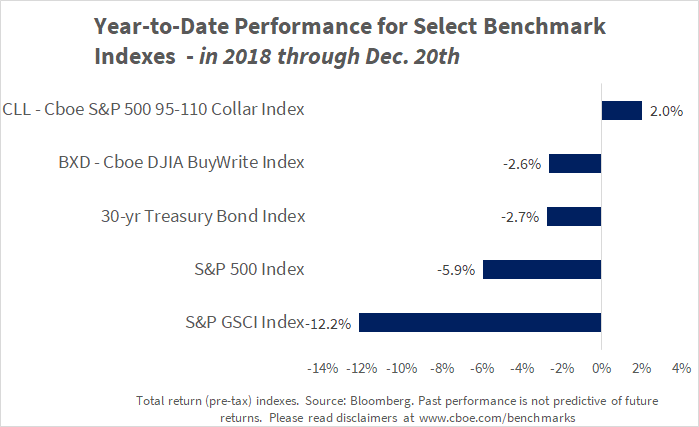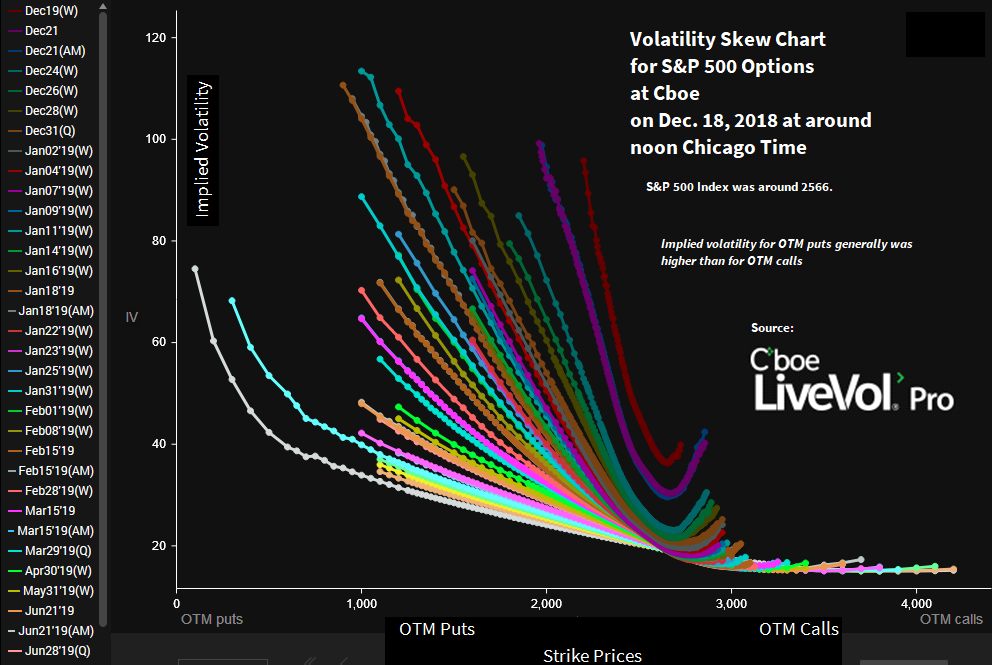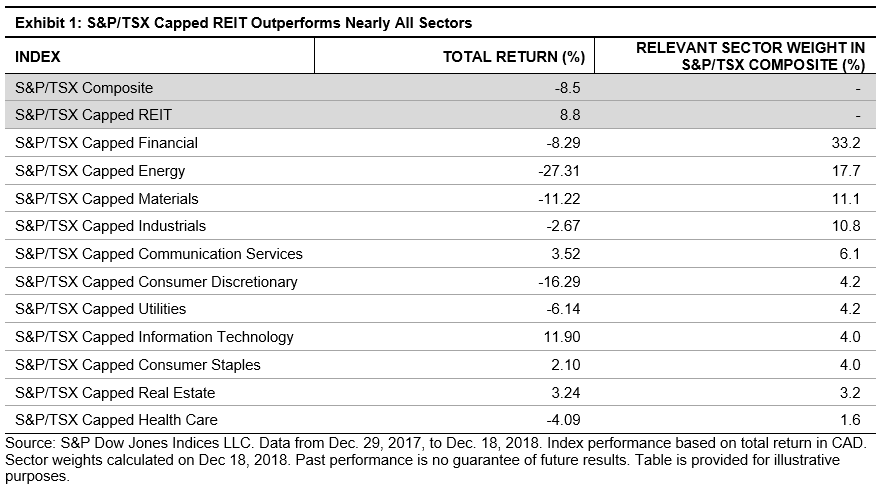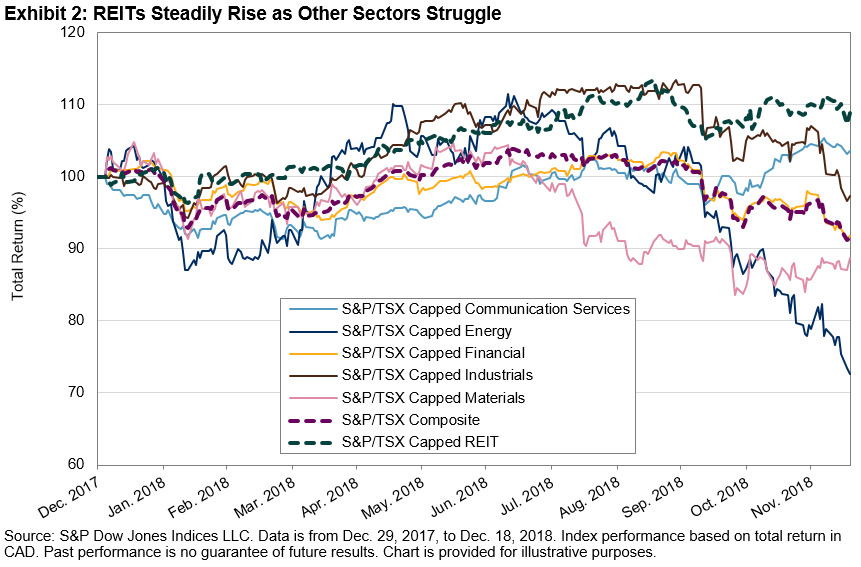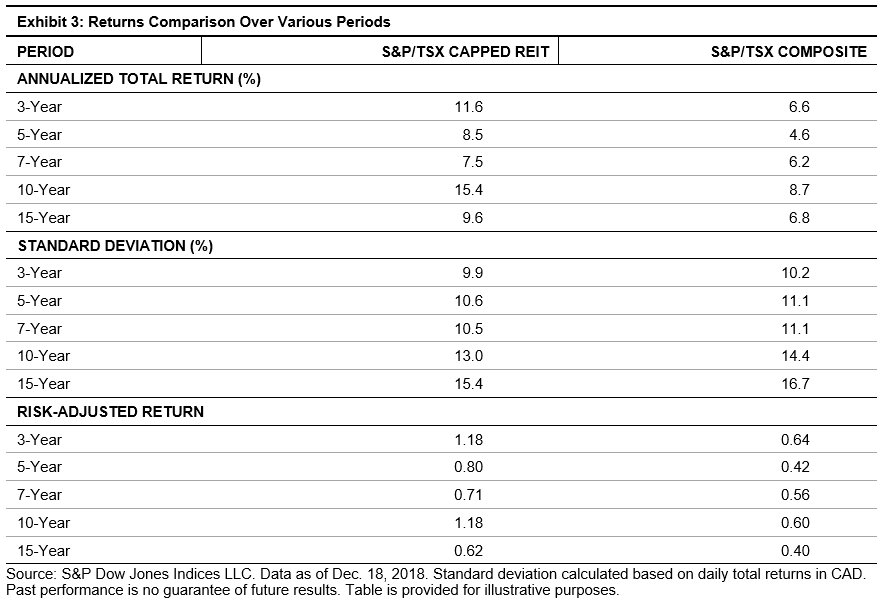As the year comes to a close with just two trading days left of the second worst December on record since 1931 for the S&P 500, it may be hard to remember the relatively calm rise before the volatile downturn took over. Though there is not an official bear market yet, there was a 19.8% drop by the end of Christmas Eve that rebounded nearly 5% on the day following Christmas (Dec. 26, 2018.) The decline can be blamed on a number of different factors including slowing economic growth in China and Europe, ongoing political uncertainty and turmoil both domestically and abroad, a softening housing market, as well as Fed tightening and businesses facing a tighter credit environment.
Now, every single sector, style and size of the market are down this month, which has only ever happened in 9 other months in history. While 6 of those months have come in pairs, the Januaries following Decembers of years this bad are slightly positive, up 11 of 20 times, averaging 65 basis points with positive years in 13 of 20 times with an average return of 4.2%. As discussed in this post, the first few days of a rebound is key for investors, so don’t miss it – and historically, mid-caps and small caps typically do much better in rebounds than large caps. There are some bright spots as the economy is still growing, the labor market is tight and consumer spending is healthy with contained debt levels.
To end the year, here is a list of some of the most popular U.S. equity market topics for 2018, including the telecommunication services sector expansion into communication services, small caps, rising interest rates and the signal that warned of this near bear market.
Sectors
A First Look Inside The Communication Services Select Sector Index
Before & After The Sector Shakeup In The S&P 500 – Part 2
Before & After The Sector Shakeup In The S&P 500 – Part 1
What’s In A Sector?
Drilling Into Industries Finds What Lifts Energy Stocks With Oil
Capturing Global Market Gains Using U.S. Sectors
Small Caps
Small Cap Premium Is 5th Biggest In History
One Big Problem In July For One Small Cap Index
Big Things Come In Small Packages – Part 1
Growth Is Still Hot Only In Small Caps
There’s Nothing Equal About Equal Weight Returns
Market Downturn
Bearish Divergence May Signal Stock Market Warning
Stocks On Pace For The 6th Scariest October Ever
Interest Rates, The Dollar
3 Reasons To Love Equities When Rates Are Rising
Here’s Why Mid-Caps Matter As The Dollar Drops
Happy holidays to all and thank you for reading our Indexology Blog. Please let us know in the comments if you have any topics you want to discuss or if you have any questions.
The posts on this blog are opinions, not advice. Please read our Disclaimers.










































